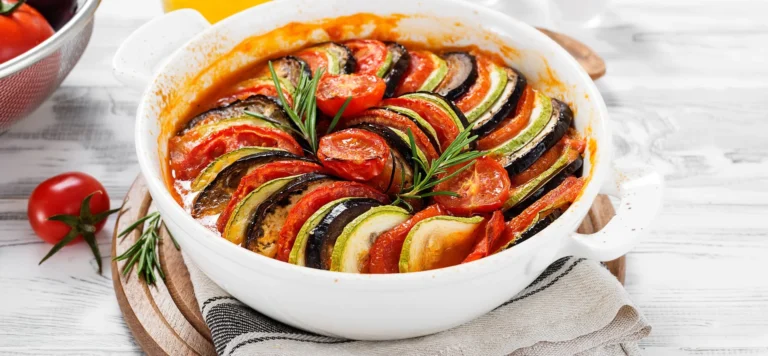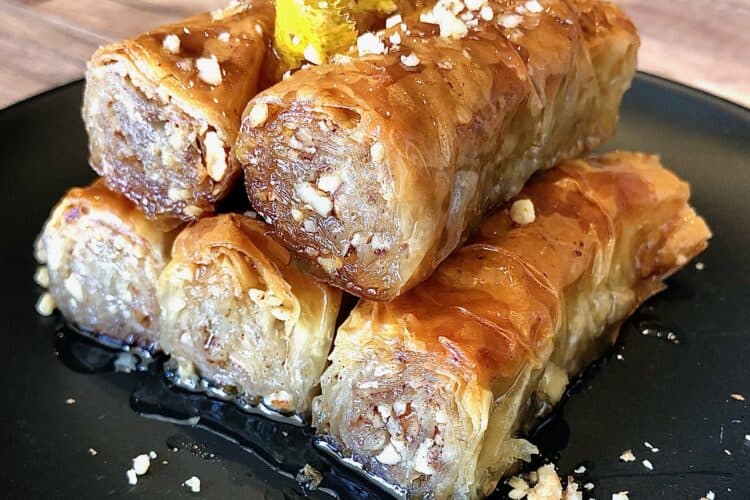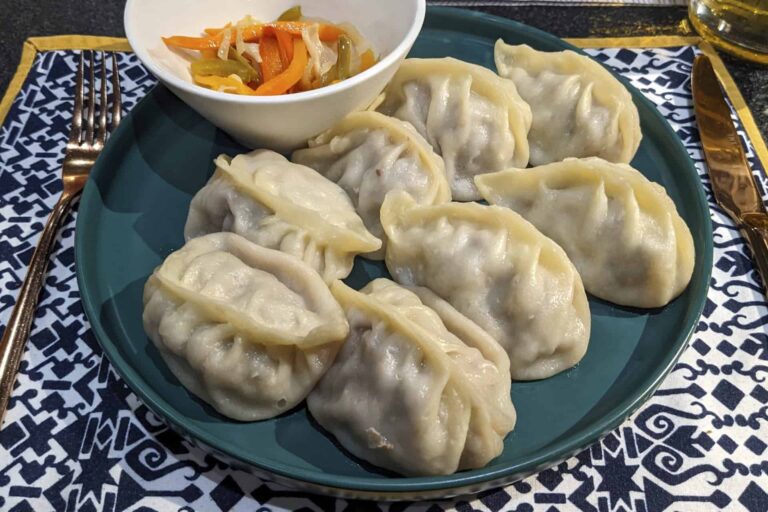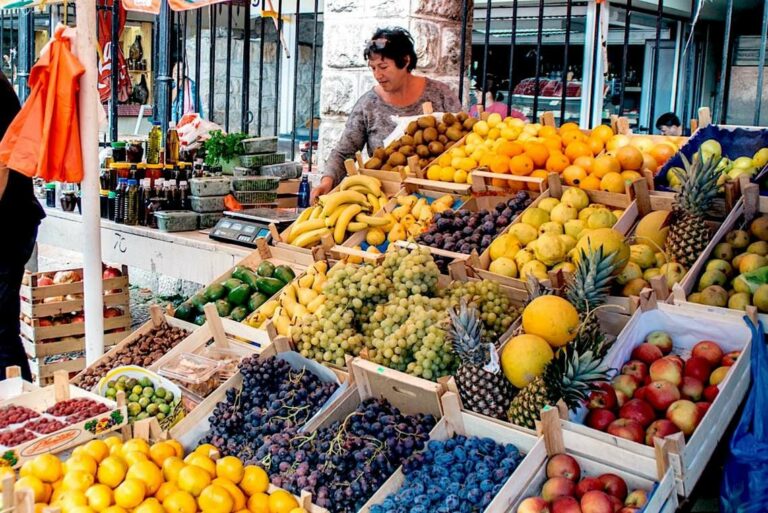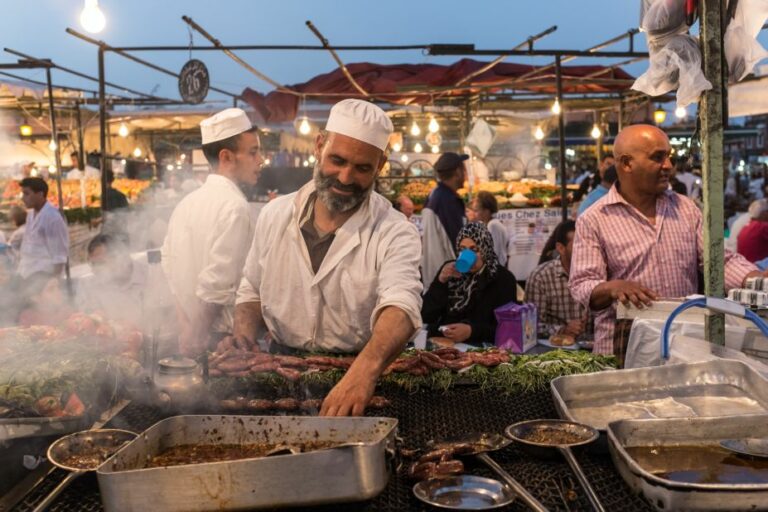Introduction: French Culinary Regions
France is known around the world for its exquisite cuisine, and a significant reason for that is the diverse culinary regions that dot the country. Each region boasts its own unique culinary traditions and specialties, shaped by the local produce, climate, and cultural influences. From seafood and cheese to wine and beef, French cuisine has something for everyone. In this article, we will explore some of the famous French culinary regions and the food that defines them.
Normandy: Famous for Seafood and Cheese
Located in the northwest of France, Normandy is a region renowned for its seafood and dairy products. The region’s coastal location means that seafood is a staple in Normandy cuisine. The most famous seafood dish from Normandy is moules marinières (mussels in white wine and garlic), which is a must-try when visiting the region. Normandy is also home to some of the finest cheeses in France, including Camembert and Pont-l’Évêque. These cheeses are creamy and rich, perfect for pairing with a glass of red wine.
Provence: Known for Herbs and Olive Oil
Provence, located in southeastern France, is known for its Mediterranean climate, which makes it a perfect place for growing herbs and olives. The region’s cuisine is heavily influenced by the Mediterranean diet, which emphasizes fresh fruits and vegetables, whole grains, and lean protein. Some of the most popular dishes from Provence include ratatouille (a vegetable stew), bouillabaisse (a fish stew), and tapenade (a spread made from olives and capers). The cuisine of Provence is light, flavorful, and healthy.
Burgundy: Celebrated for Wine and Beef
Burgundy, located in eastern France, is famous for its wine and beef dishes. The region is home to some of the most famous vineyards in France, producing wines such as Pinot Noir and Chardonnay. Burgundy beef, also known as Charolais beef, is renowned for its tenderness and flavor. The most famous dish from Burgundy is Boeuf Bourguignon, a stew made with beef, red wine, and vegetables.
Brittany: Renowned for Crepes and Seafood
Located in the northwest of France, Brittany is famous for its seafood and crepes. The region’s coastal location means that seafood is a staple in Breton cuisine. The most famous seafood dish from Brittany is the Breton lobster, which is considered a delicacy in France. Brittany is also famous for its crepes, which are thin pancakes made from wheat flour or buckwheat flour. Crepes can be filled with sweet or savory ingredients and are a popular street food in France.
Alsace: Home of Sauerkraut and Riesling Wine
Alsace, located in northeastern France, is known for its Germanic influence on cuisine. The region’s most famous dishes include choucroute (sauerkraut), flammekueche (a thin pizza-like dish), and baeckeoffe (a meat and vegetable casserole). Alsace is also known for its Riesling wine, which is dry and fruity. The cuisine of Alsace is hearty and comforting, perfect for the region’s colder climate.
In conclusion, French cuisine is incredibly diverse, thanks to the culinary regions that make up the country. Whether you’re a seafood lover, meat enthusiast, or wine connoisseur, there is a French region that caters to your taste buds. From Normandy’s seafood and cheese to Alsace’s sauerkraut and Riesling wine, French cuisine is an experience that should not be missed.

